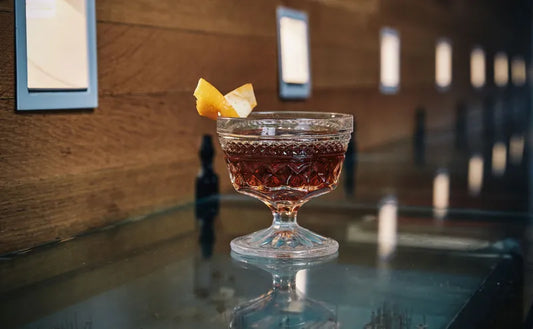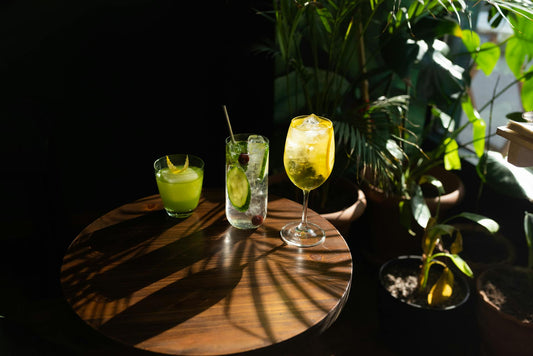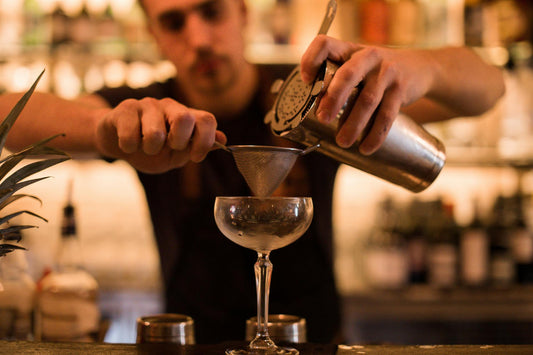Pisco Kid: A Refreshing Cocktail with Sweet & Dry Balance
SWEET to SOUR
(1-10)
STRENGTH
(1-10)
CALORIES
STANDARD
DRINKS
Note: these values are approximate and may vary dependent on the ingredients and brands you use.
More information...
The Pisco Kid is a delightful cocktail that showcases the unique flavors of Pisco, a South American brandy that has gained popularity in cocktail culture. This drink is a perfect blend of sweet and dry elements, making it an intriguing choice for those who appreciate a well-balanced cocktail. With an alcohol content of 13.73% by volume, it sits comfortably in the realm of moderate-strength drinks, allowing for enjoyment without overwhelming the palate.
At the heart of the Pisco Kid is BarSol Mosto Verde Italia Pisco, a high-quality spirit that brings a fruity and floral character to the mix. Pisco is made from grapes, and the Mosto Verde variety is particularly special as it is distilled from partially fermented grape juice, resulting in a more aromatic and flavorful spirit. This choice of Pisco sets the stage for a cocktail that is both refreshing and complex.
The addition of De Kuyper White Crème de Cacao introduces a creamy sweetness that complements the Pisco beautifully. This liqueur, made from cacao beans, adds a layer of richness that balances the drink's overall profile. The use of Sauvignon Blanc wine further enhances the cocktail, contributing a crisp acidity that cuts through the sweetness, while Lustau Jarana Fino Sherry adds a nutty, briny note that rounds out the flavors. The combination of these ingredients creates a harmonious blend that is both intriguing and satisfying.
The preparation of the Pisco Kid is as elegant as its flavor profile. The cocktail is stirred with ice to chill and dilute it slightly, ensuring a smooth texture. It is then fine strained into a pre-chilled Nick & Nora glass, which not only enhances the drinking experience but also showcases the cocktail's beautiful clarity. The finishing touch is an orange zest twist, which is expressed over the drink to release its essential oils, adding a fragrant citrus aroma that elevates the overall experience. The garnish of Nestle's Milkybar or other white chocolate provides a playful contrast, inviting the drinker to indulge in a sweet treat alongside their cocktail.
With a sweetness rating of 7 out of 10, the Pisco Kid appeals to those who enjoy a drink that leans towards the sweeter side without being cloying. Its nutritional value is relatively low, with only 101 calories per serving, making it a guilt-free indulgence for cocktail enthusiasts. The drink's balance of flavors, combined with its moderate alcohol content, makes it an excellent choice for social occasions or a relaxing evening at home.
In the world of cocktails, the Pisco Kid stands out not just for its unique ingredients but also for its ability to bridge the gap between sweet and dry flavors. It invites experimentation and personalization, allowing bartenders and home mixologists alike to play with the ratios and garnishes to suit their tastes. Whether enjoyed on a warm summer evening or as a sophisticated after-dinner drink, the Pisco Kid is sure to impress and delight, making it a worthy addition to any cocktail repertoire.



